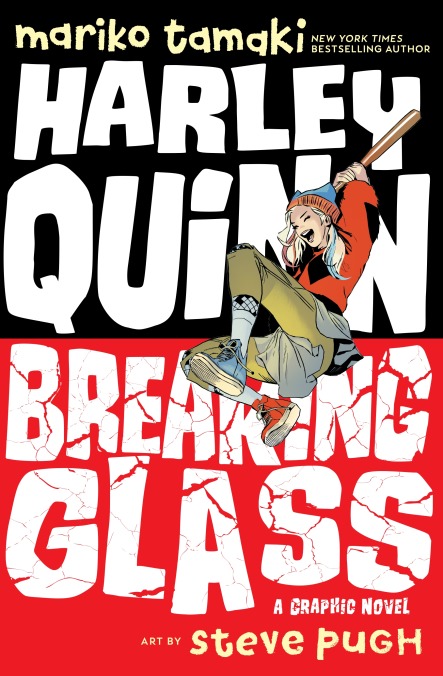

For decades, comic books were written off as frivolous entertainment for children. The rise of underground voices, the popularization of the graphic novel format, and the darkening of the superhero genre gradually shifted public perception so that comics weren’t just for kids anymore, but now publishers are desperate to reach that young demographic. While sales for the overall book market are relatively flat, sales of graphic novels for juvenile readers grew 33% in 2018. Massive book publishers like Scholastic, Macmillan, and Random House have all gotten into the kids’ graphic novel game, and comic publishers are making a concentrated effort to attract middle-grade and young adult readers.
DC Comics is pushing harder than most, launching two new graphic novel imprints: DC Zoom for middle-grade readers and DC Ink for young adults. Not counting the pre-existing DC Super Hero Girls series, there have been seven new releases across Zoom and Ink since March: Super Sons: The Polarshield Project, Dear Justice League, and Superman Of Smallville from Zoom; Mera: Tidebreaker, Under The Moon: A Catwoman Tale, Teen Titans: Raven, and Harley Quinn: Breaking Glass for Ink. Both lines have grown in quality with each new release, but they got off to a rocky start.
DC Zoom technically launched with the continuation of DC Super Hero Girls, but the first Zoom debut was the underwhelming Super Sons: The Polarshield Project, a basic team-up of young heroes with awkward scripting and unusually sloppy lettering. Michael Northrup and Gustavo Duarte’s Dear Justice League is a huge step up, a very sweet introduction to DC’s flagship team with animated artwork that accentuates each hero’s distinct personality. The clever concept has each member of the Justice League responding to a message from one of their kid fans, breaking the narrative into short standalone chunks that are easy for young readers to digest. Having the heroes interact with audience surrogates humanizes them and invites readers to continue spending time with these characters, and as more of these graphic novels come out, there will be more options for readers to explore.
After getting to know an adult Superman in Dear Justice League, kids can spend time with a Superman closer to their age with this week’s Superman Of Smallville, following Clark Kent as he starts his superhero career in middle school. Created by the team behind Tiny Titans, one of the most charming kid superhero comics of this century, Superman Of Smallville offers a light-hearted origin story that presents Clark as a headstrong pre-teen fighting against the restrictions placed on him by his justifiably overprotective parents. Baltazar’s simplified art style has proven appeal with kids, and the creators have a talent for integrating cartoon comedy into superhero action, making for a very breezy, pleasant read.
With both imprints, the titles improve when the creators have more experience with the comic-book medium. Super Sons and the first three Inks books are all the comic-book debuts of their writers, and you can still feel them working through the learning curve as they transition from prose into a visual medium. Kami Garcia fares best with her work on Teen Titans: Raven, trusting her artist, Gabriel Picolo, to carry a lot of the emotional weight with his artwork. Picolo has become a fan art superstar with his illustrations of the Teen Titans hanging out like actual teenagers, and Garcia gives him a story that downplays the fantastic elements of Rachel’s demonic backstory and focuses on putting her in a recognizable high school environment.
High school is a prominent setting across most of the DC Ink books, with Mera: Tidebreaker being the sole exception. Harley Quinn: Breaking Glass does the most with the location, rising above the typical mean-girl conflicts to pit Harley against the menaces of misogyny and bigotry. Breaking Glass is far and away the strongest of the seven Zoom and Ink titles released thus far, with creators who have a long, storied history with the medium. Mariko Tamaki is an award-winning writer of both personal graphic novels and licensed monthly comics, and Steve Pugh has been drawing creator-owned and corporate comics for nearly 30 years. Tamaki excels when she has complete freedom to reimagine superhero concepts—as she did with 2017’s outstanding Supergirl: Being Super—and Pugh shoots into the stratosphere with his artwork, experimenting with lighting, texture, and palettes to give Breaking Glass a unique aesthetic.
It’s only been four months since the release of Mariko Tamaki’s last YA graphic novel triumph, Laura Dean Is Breaking Up With Me, and she delivers her best superhero work with Breaking Glass, a zany, exhilarating, intensely political coming-of-age story about a liberated young woman waging war against gentrification and the patriarchy. The teenage Harleen Quinzel is reckless and more than a little unstable, but she also has a burning drive to fight for the people she cares about, with no concern for any laws she breaks in the process. Harley is one DC’s biggest personalities, and this creative team aggressively drives that point across. The book is narrated by Harley and she really likes to talk, but this actually propels the story because she has such a playful worldview and frenzied voice.
The narration is very active, and there’s a quick early moment that firmly situates the reader inside Harley’s head. After introducing herself and one of the people that rode the bus with her to Gotham City, Harley focuses on a random stranger before remembering that he’s not part of the story and should be ignored. It’s a funny bit that details Harley’s mental process as she responds to stimuli, zooming in on the new thing that pops into view and then rapidly dismissing it. It’s also the first panel that doesn’t feature Harley, opting for a first-person point of view that shows the reader exactly what Harley is seeing in the moment. This book is full of small character touches that bring a lot of dimensions to the supporting cast, including a group of queer performance artists and a new take on Poison Ivy as a young black activist whose family owns a community garden threatened by new neighborhood developments.
And then there’s the Joker. Any take on Harley has to feature her clown prince in some way, and Tamaki’s interpretation is an avatar for a generation of young white men who openly relish their privilege and engage in destructive behavior because there won’t be any consequences. This Joker is a spoiled brat who wants the whole world to listen to him when he’s unwilling to engage with any opinions that conflict with his own. His sense of entitlement fuels his intolerance, as well as his desire to see the world burn so he can watch the show from a safe position high above the rabble. He’s total scum, but Harley is still a teenage girl vulnerable to the charms of a young rebel who takes drastic action. Luckily, there are other rebels that Harley cares about much more, and when the Joker’s actions put Harley’s chosen family in danger, she immediately turns on him.
The presence of graphic novels in libraries and classrooms is a big reason why they’ve grown in popularity with younger readers, and Breaking Glass is full of teaching opportunities, whether that means delving further into the political subject matter or the craft that goes into the script and artwork. It opens doors to discuss how gentrification impacts marginalized communities, the ways institutionalized bigotry feeds white privilege, and the role that masks and performance play in creating queer identity and community. Students can write a research paper detailing how Tamaki’s take on Harley, Ivy, and the Joker compares to previous interpretations, or an analysis of recurring color themes in Steve Pugh’s artwork.
The DC Ink books have gone through a very interesting color progression. Mera’s palette is restricted to washed-out teal and orange, and Under The Moon sticks to monochromatic blue that goes gray during flashbacks. This flattens the linework and limits the expressive use of color, giving these two titles a drabber look. Raven features painted spot colors across a wider spectrum, with David Calderon using color to indicate moments of heightened emotion. A romantic night of Rachel walking through the streets of New Orleans with her new boyfriend is colored with a soft blend of purple, blue, and green, a palette that returns when Rachel is hanging out with her friends. These two moments are depicted in pages with no text, prime examples of Garcia’s willingness to let the visuals reinforce relationships on their own. Red is reserved for Rachel’s demon father, Trigon, who reveals himself in a splash page that powerfully establishes his dominion on his daughter’s soul.
Red is also Harley’s signature color, and it saturates the Gotham City sky in Breaking Glass, visually tying her to the environment that she’s trying to save. Everything about Steve Pugh’s art in Breaking Glass is phenomenal—the diversity of body types and facial features in his character designs, the layouts and compositions that immerse readers in the environment, the detail and expression of his linework—but the coloring is what makes this book look like nothing else. Flashbacks are colored with a fiery palette that emphasizes the rage in young Harley’s soul, which she channels into violent attacks on the people who disrespect her and her family. Pugh controls the tension with the colors, filling the page with soft pastels when Harley’s with friends and leaning into red/blue contrast when she’s with the Joker.
This week’s new DC Zoom and Ink releases have the imprints realizing their potential, just as they are about to shutter. This summer has been a rollercoaster for DC with the announcement that it will be streamlining its different lines, cutting Vertigo, DC Ink, and DC Zoom imprints and organizing content under three labels for different age ranges: DC Kids (8-12), DC (13+), and DC Black Label (17+). Given that DC had just launched Ink and Zoom and recently finished a Vertigo 25th anniversary celebration, this decision put the publisher’s long-term planning in question. Vertigo had been struggling for a while so the writing was on the wall there, but eliminating Ink and Zoom after titles had already debuted with the branding was especially puzzling.
Having those clearly defined channels makes it easier for retailers, librarians, educators, and consumers to find the books that are appropriate for different age groups. The Ink and Zoom branding is still present on new releases, so maybe the market’s response will change DC’s plans to phase out the imprints as it gears up for its huge slate of upcoming graphic novels for young readers. And the market is responding very well. The Ink and Zoom books are in the top 10 of Diamond’s graphic novel sales charts for each month they debut, and given the popularity of Harley Quinn and Superman, that trend is likely to continue with August’s debuts.
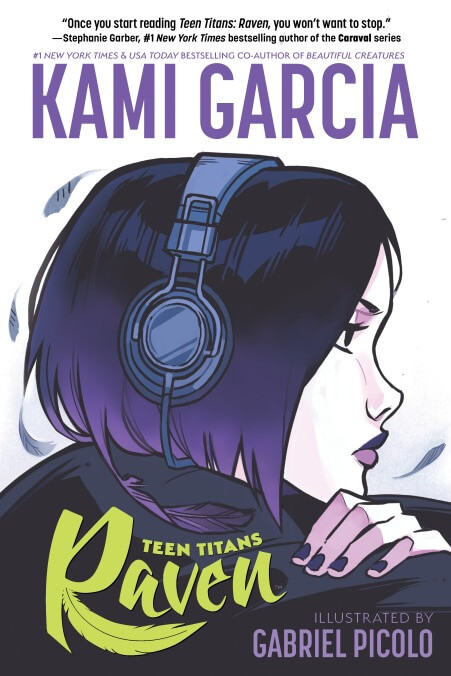
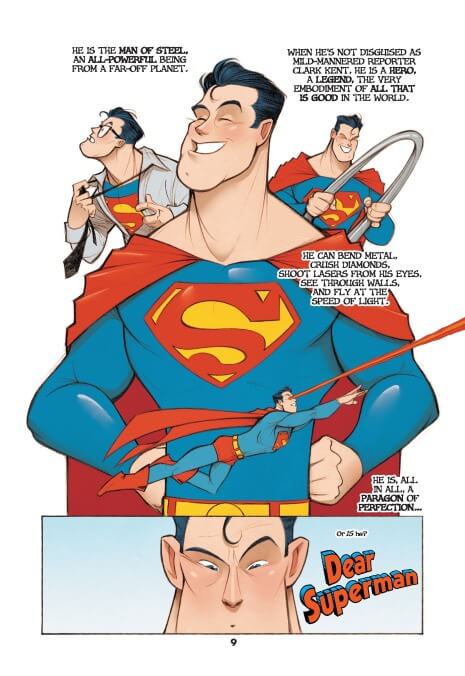

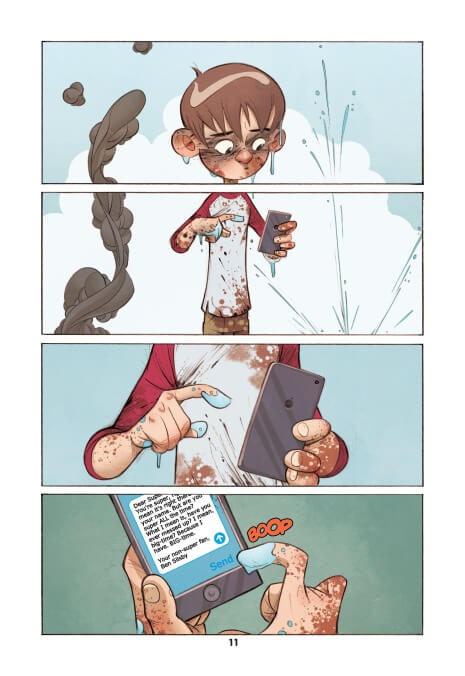

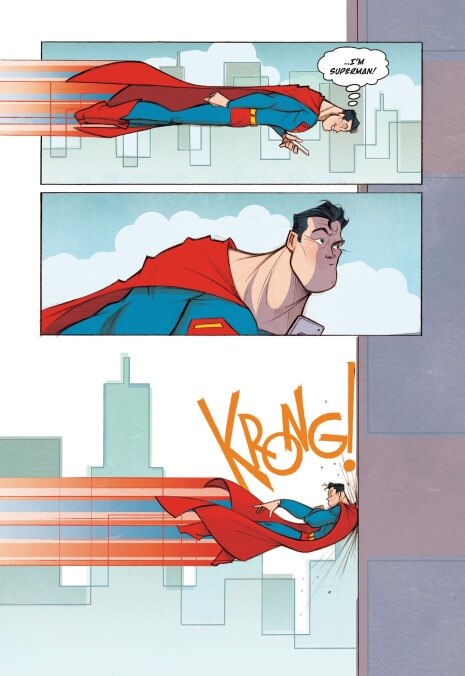
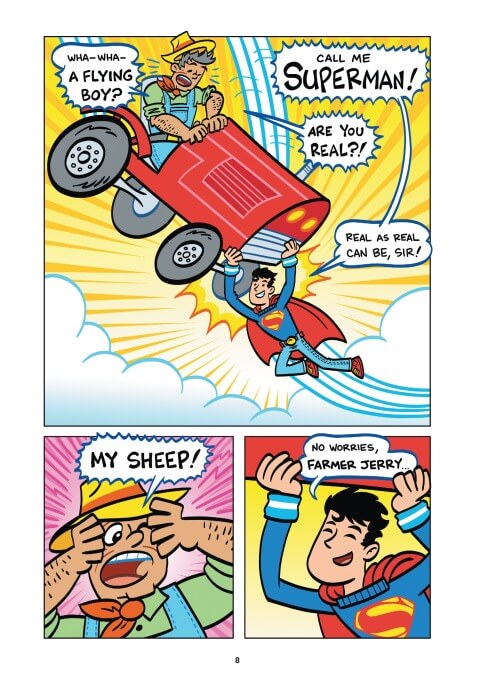
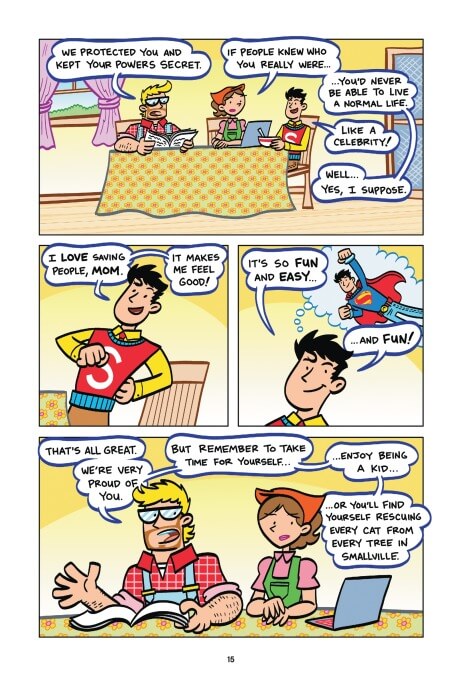
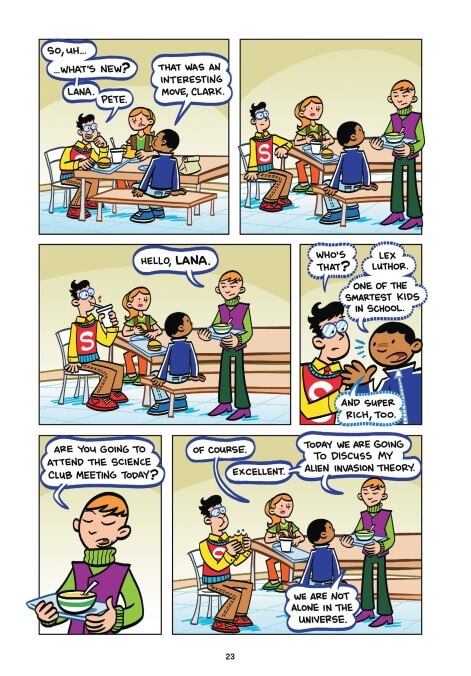
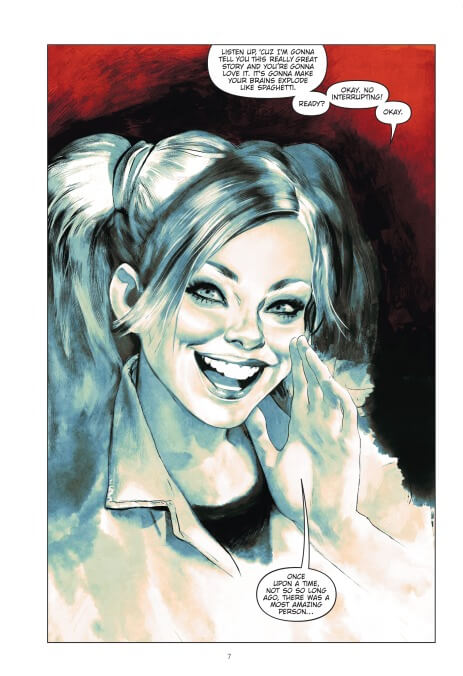

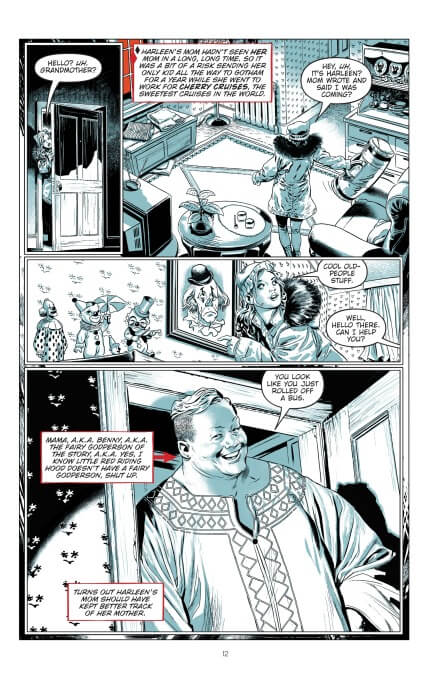
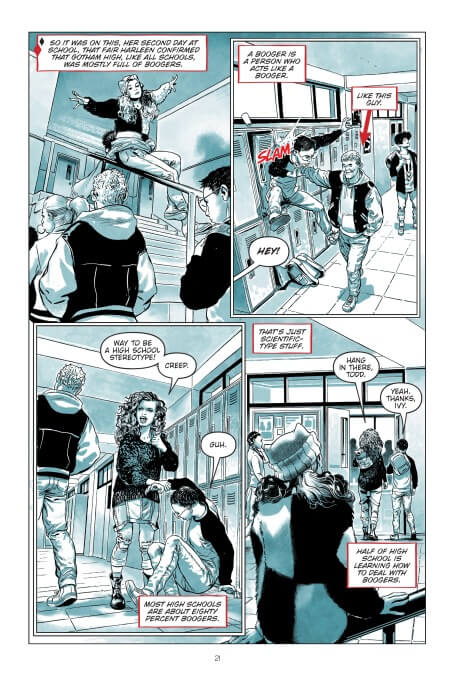

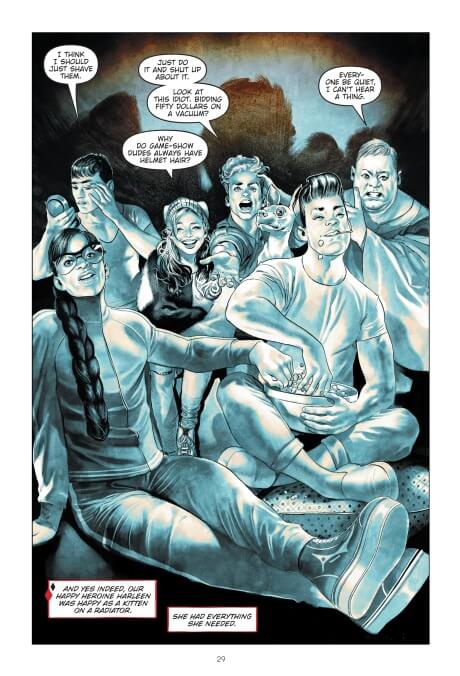
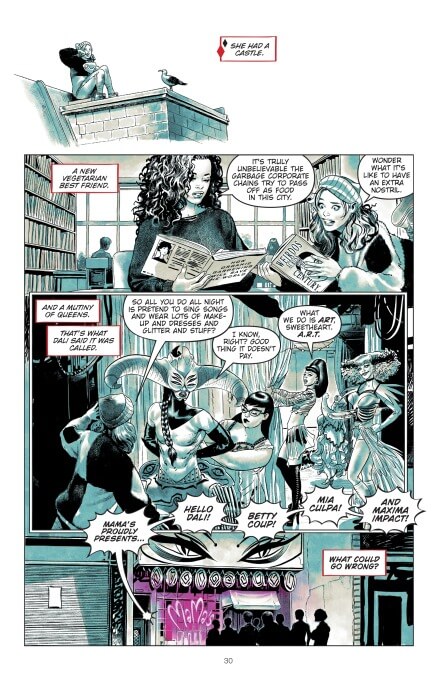

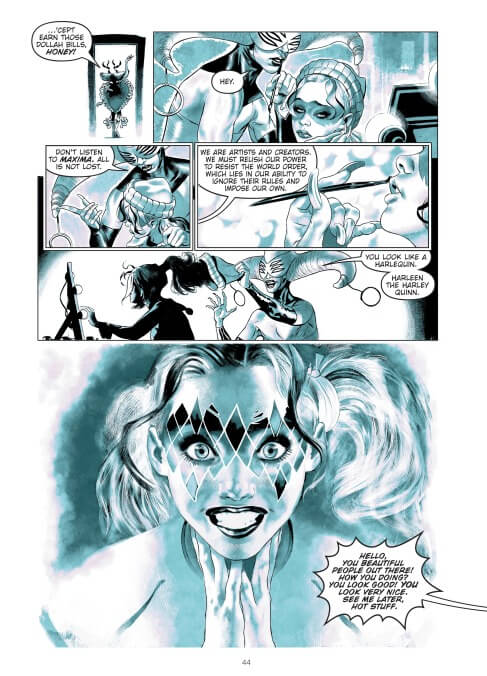
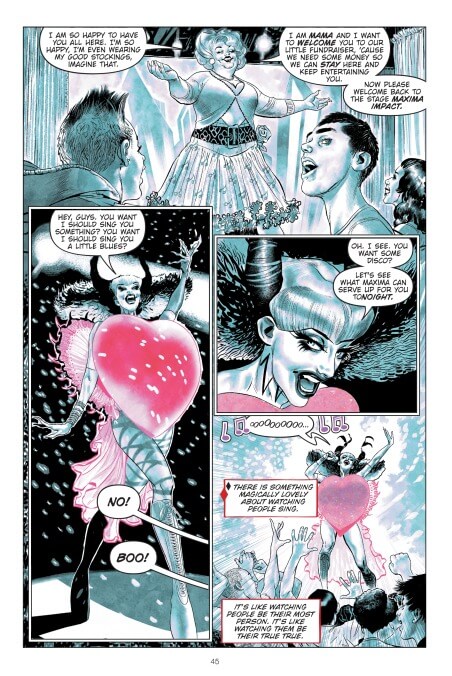
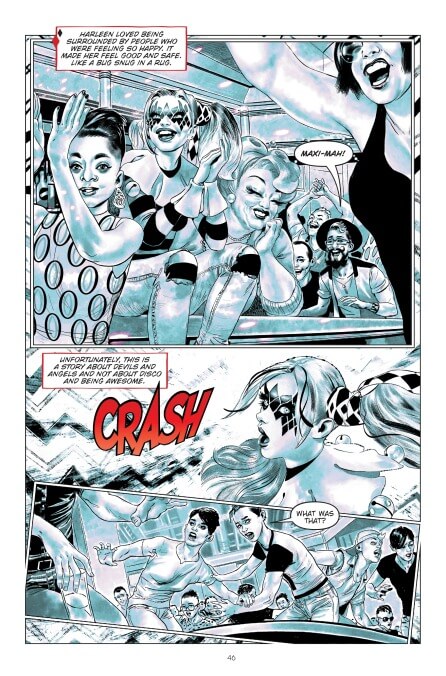
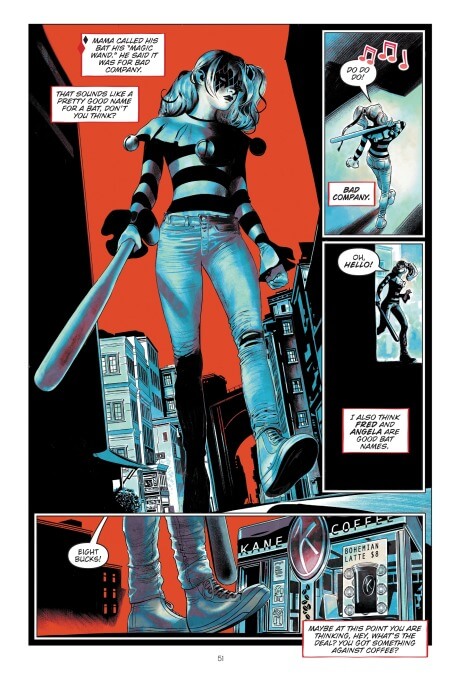
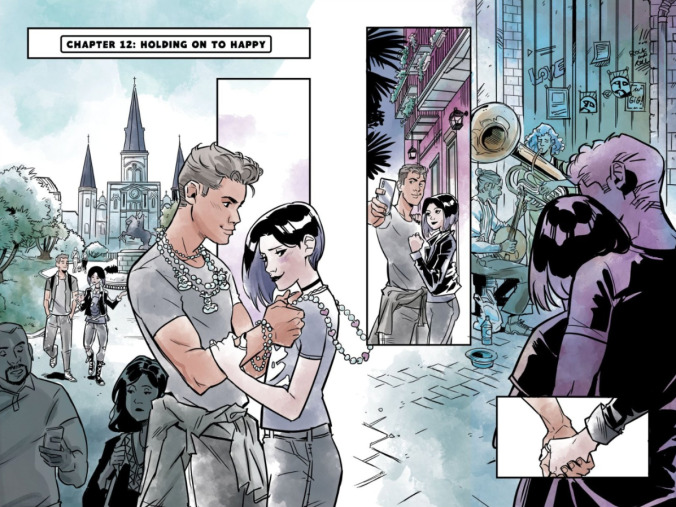
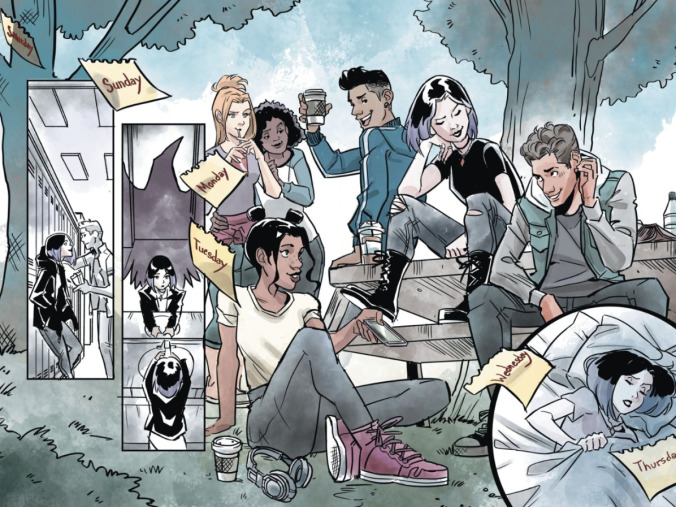
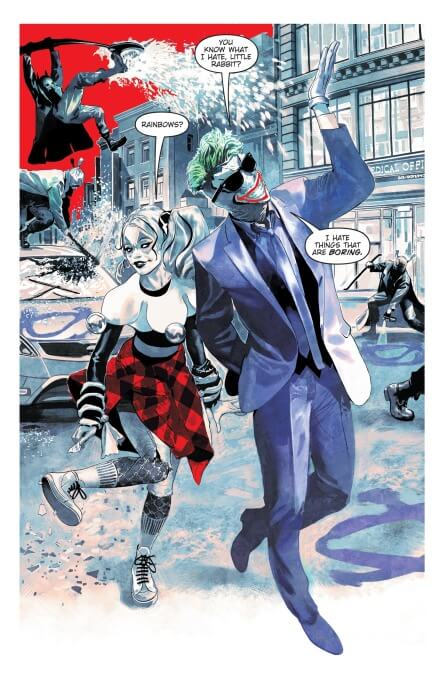
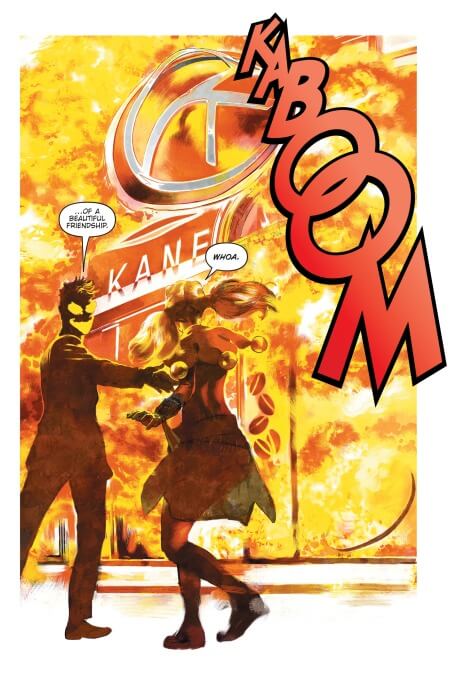
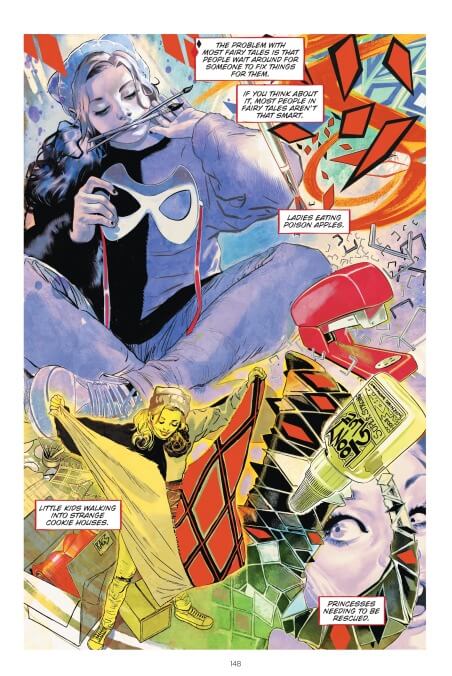

20 Comments
So they’re shutting these down just as they’re taking off? Sure sounds like DC.
“as it gears up for its huge slate of upcoming graphic novels for young readers.”
They are planning a large number of these books next year and into 2021. They are just going to new labels for the kids’ books and the more teen-oriented ones.
I think giving young girls a strong, tough, even a little manic, ass kicking, patriarch smashing hero to get behind is a great idea I think using Harley Quinn, a character who is primarily defined by the fact that she was tortured into a co-dependent, abusive relationship with an actual psychopath(or is he a sociopath, I forget which one is worse or fits the Joker), maybe doesn’t work though. I get she is the “flavor of the week” of DC ladies but she isn’t a great role model for young girls. Why not tell bad ass stories about Wonder Girl or Super Girl or any of the thousand other DC young ladies who don’t want to fuck a serial killer
That was my thinking as well going into this article, but from the review it sounds like this version of Harley has the self-confidence and support group of friends to actually break away from Joker once the full extent of his shittiness becomes clear. Considering how many girls or young women are attracted to “bad boys” or find themselves in shitty relationships but stick around for various reasons (thinking they can change him, thinking he needs them, thinking they deserve his shitty treatment, holding onto the idealized first version of how he presented himself, so on), I think this Harley could actually be a great role model for young girls. Sure, its great to have idealized role models to look up to and strive to imitate, but its also valuable to have role models who make recognizable mistakes the reader can relate to while still persevering in the end.
My only problem with Harley is that even when she flips sides (in the stories where she does) she sticks to her whole theme/gimmick/whatever-you-wanna-call-it. Like, in a universe where Superman was evil, if Supergirl decided to flip and become a hero, I’d hope she’d ditch the S instead of trying to “take it back” or whatever. The Joker is bad, Harley shouldn’t stick to his clown brand. Particularly if you wanna add in the whole uncomfortable abuse angle which I’m not qualified to talk about, but I feel like it can’t be healthy.But whatever I should really read the story, Tamaki’s a good writer, maybe she can even change my mind.
Why is a victim a bad role model again?
Most recent versions of Harley, including the upcoming Birds of Prey movie, are heavily focusing on her as someone who has thoroughly broken with the Joker, recognized he is no good for her, and is forging her own path. Granted, also a concern for her as a role model is that she generally is still does bad stuff, but she just wants to do it now on her terms, not his.
Also, she is more like flavor of the decade than of the week.
These are stories for teenagers. Teens being, you might remember, the people who like to wear ripped clothes, listen to bad music, and sneak out at night to neck and fuck and not listen to the Man. Who gives a fuck about characters anymore whose sole attribute is returning things to the frankly rather shitty status quo? Teens are smart enough to understand that at this point in time, it might actually be less heroic to save the President than to blow up his house.
Dunno how I feel about the Joker being used as a metaphor for white privilege. Wait, yeah I do: Duuuuuuuumb.
Why?
I mean, he’s literally bone white.
Excellent write up. I think “Zoom” and “Ink” were always terrible, tells you nothing names, so the new scheme is an improvement by comparison. Also hopefully the YA graphic novels being thrown in with the mainstream line lessens the likelihood of them being looked down upon by your average comic fan, they’re clearly of a higher quality than the vast majority of books that get shoveled into the direct market months after month.
They are not being thrown in with the general line. That was a mistake in the article.
finally, comic books for children.
Kinda my thought in this. Especially since these are said to be targeting teens and young adults which is what most normal comics already do. It’s actually the really young kids that have a need for alternative, more age appropriate, superhero stories but that market is well covered by the big two already
Something like 40 out of the top selling graphic novels (including the entire top 5) were for kids so its nice to finally have DC say “huh, maybe kids would also like reading Superman.”
glad that they’re using comic-book writers and artists for the new books – some of the first wave where awful. That Catwoman book was a mess, but Dear JL and Breaking Glass look interesting.
That art in Breaking Glass is phenomenal. The writing is fine, but I might read it just for the art.I like the idea of explicitly tying the Joker in to the 4-chan-type, faux-nihilists who look up to Heath Ledger’s version of the character as someone to admire. Wanting to burn the world down because you think you deserve better than the hypocrisy present in much of it is a very entitled viewpoint, and the idea of Harley seeing that in the Joker is a great way to clarify the internal tension between her destructive tendencies and her compassion.I read Green Lantern: Rebirth this week and it was everything promised. I’m excited to continue reading Johns run on the title.